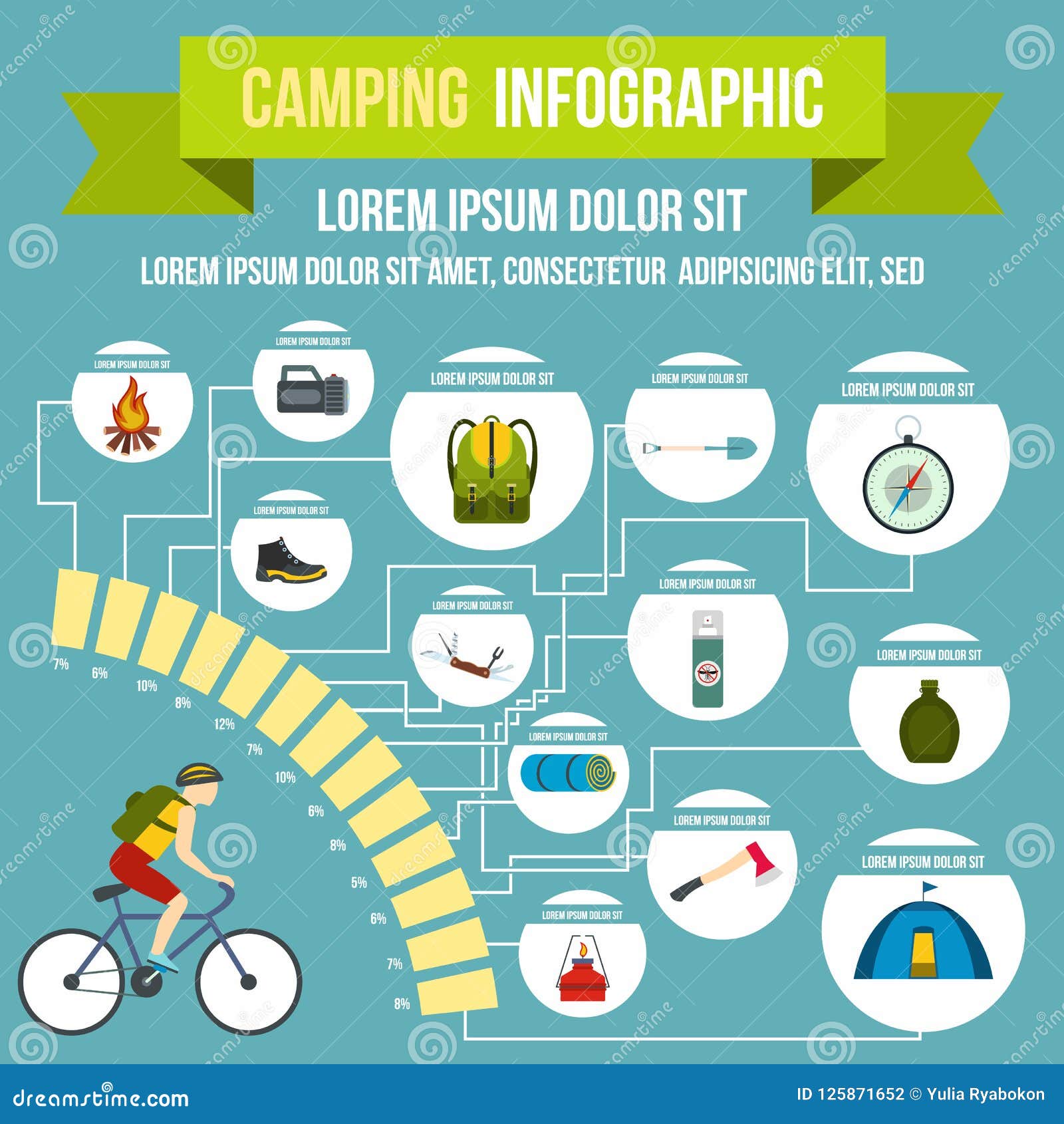Wintertime outdoor camping is an enjoyable and adventurous experience, yet it requires proper equipment to guarantee you stay cozy. You'll require a close-fitting base layer to trap your temperature, in addition to an insulating coat and a waterproof covering.
You'll additionally need snow risks (or deadman supports) buried in the snow. These can be tied making use of Bob's creative knot or a routine taut-line hitch.
Pitch Your Outdoor tents
Winter months outdoor camping can be an enjoyable and daring experience. Nevertheless, it is essential to have the proper equipment and know exactly how to pitch your outdoor tents in snow. This will avoid chilly injuries like frostbite and hypothermia. It is likewise important to consume well and remain hydrated.
When setting up camp, see to it to choose a site that is protected from the wind and free of avalanche risk. It is additionally a great concept to pack down the location around your tent, as this will certainly help reduce sinking from body heat.
Prior to you established your camping tent, dig pits with the same dimension as each of the support points (groundsheet rings and person lines) in the facility of the camping tent. Load these pits with sand, stones or even stuff sacks loaded with snow to compact and secure the ground. You might also want to think about a dead-man support, which entails tying camping tent lines to sticks of wood that are buried in the snow.
Load Down the Location Around Your Tent
Although not a necessity in many locations, snow risks (additionally called deadman supports) are an outstanding addition to your tent pitching set when outdoor camping in deep or compressed snow. They are essentially sticks that are designed to be hidden in the snow, where they will ice up and develop a strong anchor point. For best outcomes, utilize a clover hitch knot on the top of the stick and bury it in a few inches of snow or sand.
Establish Your Camping tent
If you're camping in snow, it is a good concept to make use of a camping tent developed for winter season backpacking. 3-season tents work great if you are making camp listed below timber line and not anticipating particularly severe climate, yet 4-season outdoors tents have stronger poles and textiles and provide more defense from wind and heavy snowfall.
Be sure to bring ample insulation for your sleeping bag and a warm, dry blow up floor covering to sleep on. Inflatable mats are much warmer than foam and aid avoid cool areas in your tent. You can additionally add an added mat for resting or cooking.
It's additionally a great concept to set up your outdoor tents near to a natural wind block, such as a team of trees. This will make your camp more comfy. If you can't locate a windbreak, you can produce your very own by digging openings and burying things, such as rocks, tent risks, or "dead man" anchors (old camping awning tent guy lines) with a shovel.
Restrain Your Tent
Snow stakes aren't necessary if you make use of the right strategies to anchor your camping tent. Buried sticks (perhaps collected on your technique hike) and ski posts function well, as does some variation of a "deadman" buried in the snow. (The concept is to produce an anchor that is so strong you will not be able to draw it up, even with a lot of initiative.) Some manufacturers make specialized dead-man supports, yet I choose the simpleness of a taut-line hitch connected to a stick and after that hidden in the snow.
Know the terrain around your camp, particularly if there is avalanche threat. A branch that falls on your camping tent might harm it or, at worst, hurt you. Likewise watch out for pitching your tent on a slope, which can catch wind and lead to collapse. A sheltered area with a reduced ridge or hillside is better than a steep gully.
